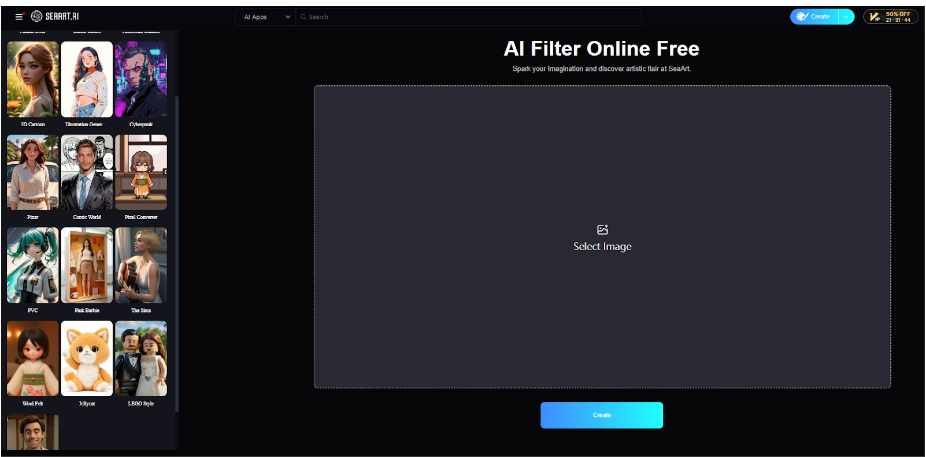The Ultimate Glossary of Terms About AI Filters
Artificial Intelligence (AI) filters have become an integral part of the digital world, enhancing everything from social media experiences to professional image editing. With their increasing use, understanding the terminology associated with these filters is essential for anyone navigating the landscape. Below is a glossary of key terms to help you better understand AI filters.
- AI Filter
An AI filter is a tool powered by artificial intelligence that automatically modifies or enhances an image or video. These filters can alter colors, textures, and even facial features, providing users with a unique experience. - Machine Learning (ML)
Machine Learning refers to the subset of AI that enables filters to learn from data and improve over time. Filters using ML algorithms can analyze patterns in images, recognize objects, and make informed decisions to optimize effects. - Neural Networks
Neural networks are computational models inspired by the human brain. In AI filters, they process complex data to understand features like faces, backgrounds, and textures, helping the filter to apply appropriate modifications. - Computer Vision
This field of AI enables computers to interpret and understand visual information. AI filters rely heavily on computer vision to detect objects, faces, and other features in images and videos, allowing for more precise and intelligent enhancements. - Face Detection
AI filters often use face detection to recognize and focus on facial features. This enables the filter to apply effects like makeup, age transformation, or virtual accessories with accuracy. - Style Transfer
Style transfer is a technique that allows AI to take the style of one image (such as a painting or photograph) and apply it to another image. This is often used in filters to create artistic effects. - Augmented Reality (AR)
AR refers to technology that overlays digital information on the real world. In the context of AI filters, AR enhances the user’s experience by adding virtual elements, such as makeup, hats, or animated creatures, to live videos or photos. - Deep Learning
Deep learning is a specialized subset of machine learning where algorithms use multi-layered neural networks to analyze and interpret complex patterns in large datasets. Deep learning is used in AI filters to improve the accuracy and quality of effects.
What Sports Can Teach Us About Free AI Art Generators
The world of sports and artificial intelligence (AI) might seem worlds apart, but they share several underlying principles that can offer valuable insights into how free AI art generators work. At first glance, sports are about physical competition, teamwork, and skill-building, while AI art generation focuses on creative algorithms and machine learning. However, a closer look reveals striking similarities that can enhance our understanding of AI-generated art.
One key lesson sports can teach us about AI art is the importance of practice and training. In sports, athletes constantly refine their skills through repetition, drills, and learning from mistakes. Similarly, AI art generators improve through iterative processes. They are “trained” on vast datasets, often consisting of millions of images, so the AI learns patterns, styles, and techniques. Just as athletes get better with more practice, the more data the AI is exposed to, the more refined and sophisticated its output becomes.
Sports also emphasize the role of collaboration and teamwork. While an individual athlete can be talented, the best performances often come from a team effort. In the same way, AI art generation is not a solo process. While the AI does the heavy lifting, its creation is often a collaborative process with the user. The artist, or user, provides input and guidance to shape the final artwork, just as a coach or teammate helps guide an athlete to perform at their best. The free AI art generator may take the lead, but the user’s creative direction is essential for a successful outcome.
Another lesson sports can teach us is the balance between creativity and structure. In sports, there are rules and strategies that govern the game, but within those confines, athletes find ways to express their creativity. Similarly, AI art generators work within a framework of algorithms and data but offer a space for users to inject their own creativity. The AI can provide basic structures or ideas, but it’s the user’s input that drives the originality of the work.
Lastly, sports often teach resilience in the face of failure. Athletes lose matches, make mistakes, and face setbacks, but they always learn and adapt. Likewise, AI art generators can produce results that don’t meet expectations, but this is part of the learning process. Users can tweak inputs, explore different styles, and refine the output, ultimately achieving better results over time.
In conclusion, sports offer valuable lessons in practice, collaboration, creativity, and resilience, all of which are integral to working with free AI art generators. Just as athletes hone their skills, users can enhance their artistic creations by understanding the nuances of these powerful tools.

